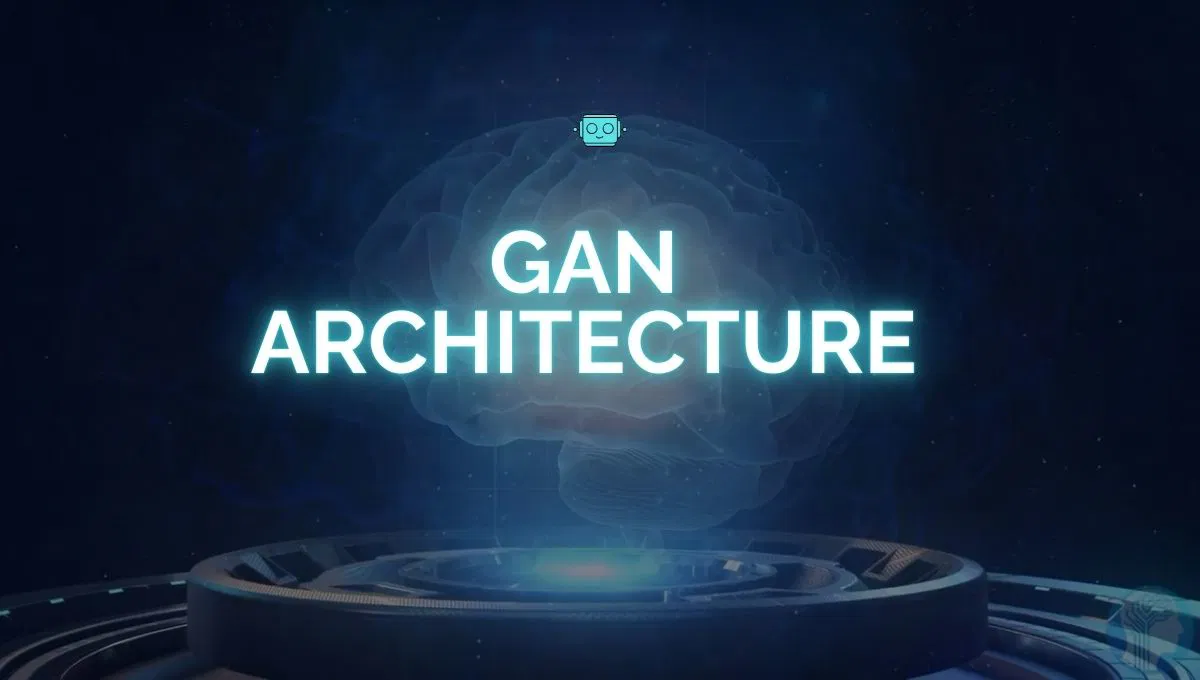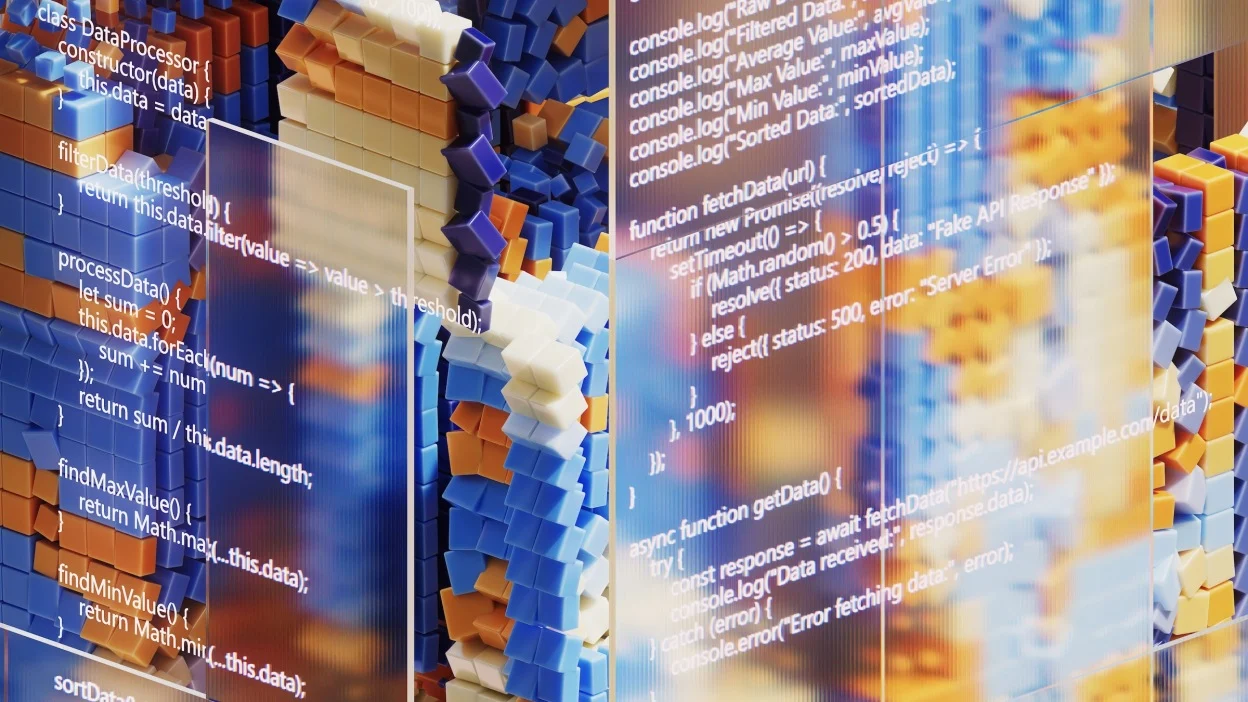
The CIA Triad – Confidentiality, Integrity, and Availability – forms the cornerstone of information security. It’s a model designed to guide policies for information security within an organization. Understanding these three principles is crucial for anyone involved in cybersecurity, as they represent the fundamental objectives of any security system. This lesson will delve into each component of the CIA Triad, providing real-world examples and practical scenarios to illustrate their importance.
Confidentiality
Confidentiality ensures that information is accessible only to authorized individuals or systems. It’s about preventing unauthorized disclosure of sensitive data. This is often achieved through access controls, encryption, and data classification.
Access Controls
Access controls are mechanisms that restrict access to information based on user identity and permissions. They determine who can view, modify, or delete data.
- Example 1: Role-Based Access Control (RBAC) In a hospital, patient records should only be accessible to doctors, nurses, and authorized administrative staff. RBAC can be implemented to assign specific roles to each user, granting them access only to the information necessary for their job. A doctor might have full access to a patient’s medical history, while a billing clerk might only have access to billing information.
- Example 2: Multi-Factor Authentication (MFA) Online banking systems often use MFA to protect user accounts. In addition to a password, users are required to provide a second form of authentication, such as a code sent to their mobile phone. This makes it much harder for unauthorized individuals to gain access to the account, even if they know the password.
Encryption
Encryption is the process of converting data into an unreadable format, called ciphertext. Only authorized individuals with the correct decryption key can convert the ciphertext back into readable plaintext.
- Example 1: Data at Rest Encryption Many companies encrypt sensitive data stored on their servers or laptops. If a laptop is lost or stolen, the data remains unreadable to anyone without the decryption key. This protects confidential information from being compromised.
- Example 2: Data in Transit Encryption Websites use HTTPS to encrypt data transmitted between the user’s browser and the web server. This prevents eavesdropping and ensures that sensitive information, such as passwords and credit card numbers, is protected during transmission. The encryption is achieved using protocols like TLS/SSL.
Data Classification
Data classification involves categorizing data based on its sensitivity and impact if disclosed. This helps organizations prioritize security measures and apply appropriate access controls.
- Example 1: Government Data Classification Government agencies classify data as Top Secret, Secret, Confidential, or Unclassified. Each classification level has specific security requirements, such as background checks for personnel and physical security measures for data storage.
- Example 2: Corporate Data Classification A company might classify data as Public, Internal, Confidential, or Restricted. Public data can be freely shared, while Restricted data might include trade secrets or customer data that requires strict access controls and encryption.
Hypothetical Scenario
Imagine a software company developing a new product. The source code for the product is highly confidential, as it contains valuable intellectual property. To protect the confidentiality of the source code, the company implements the following measures:
- Access to the source code repository is restricted to authorized developers using RBAC.
- All source code is encrypted at rest and in transit.
- Developers are required to use MFA to access the repository.
- The source code is classified as “Restricted” and subject to strict security policies.
Integrity
Integrity ensures that information is accurate and complete, and that it has not been altered or corrupted without authorization. It’s about maintaining the trustworthiness and reliability of data. This is often achieved through hashing, version control, and access controls.
Hashing
Hashing is a cryptographic function that generates a unique fixed-size string of characters (a hash value) from a given input. Any change to the input data, no matter how small, will result in a completely different hash value. This allows you to verify the integrity of data by comparing the hash value of the original data with the hash value of the received data.
- Example 1: Software Downloads When you download a software file from a website, the website often provides a hash value (e.g., SHA-256) for the file. After downloading the file, you can use a hashing tool to calculate the hash value of the downloaded file and compare it to the hash value provided by the website. If the hash values match, you can be confident that the file has not been tampered with during download.
- Example 2: Database Integrity Databases use hashing to ensure the integrity of data stored within them. For example, a database might store the hash value of a critical data field alongside the data itself. If the data is modified without authorization, the hash value will no longer match, indicating a loss of integrity.
Version Control
Version control systems, such as Git, track changes to files over time. This allows you to revert to previous versions of a file if it has been corrupted or modified without authorization.
- Example 1: Software Development Software developers use Git to track changes to source code. If a developer accidentally introduces a bug into the code, they can easily revert to a previous version of the code that did not contain the bug.
- Example 2: Document Management Version control can also be used to track changes to documents. This is useful for collaborative writing projects, where multiple people are working on the same document. If someone makes an unwanted change to the document, it can be easily reverted to a previous version.
Access Controls (Revisited)
Access controls, as discussed in the Confidentiality section, also play a crucial role in maintaining data integrity. By restricting who can modify data, you can reduce the risk of unauthorized changes.
- Example: Preventing Unauthorized Data Modification In a financial system, only authorized accountants should be able to modify financial records. Access controls can be implemented to prevent other users from making changes to these records, ensuring the integrity of the financial data.
Hypothetical Scenario
Consider a research lab storing sensitive experimental data. To ensure the integrity of this data, the lab implements the following measures:
- All data files are hashed, and the hash values are stored securely.
- A version control system is used to track changes to data files.
- Access to data files is restricted to authorized researchers.
- Any changes to data files are logged and audited.
Availability
Availability ensures that information and systems are accessible to authorized users when they need them. It’s about preventing disruptions to service and ensuring that systems are up and running. This is often achieved through redundancy, backups, and disaster recovery planning.
Redundancy
Redundancy involves having multiple instances of critical systems or data. If one instance fails, the other instances can take over, ensuring that service remains available.
- Example 1: Server Redundancy Many websites use multiple servers to host their content. If one server goes down, the other servers can continue to serve the website, ensuring that it remains available to users. This is often achieved through load balancing, which distributes traffic across multiple servers.
- Example 2: Data Redundancy RAID (Redundant Array of Independent Disks) is a technology that stores data across multiple hard drives. If one hard drive fails, the data can be recovered from the other hard drives, ensuring that data remains available.
Backups
Backups involve creating copies of data that can be restored in the event of data loss. Backups should be stored in a separate location from the original data, so that they are not affected by the same events that cause data loss.
- Example 1: Daily Backups Many companies perform daily backups of their critical data. These backups are stored on tapes or disks and kept in a secure offsite location. If the original data is lost due to a hardware failure or a natural disaster, the backups can be used to restore the data.
- Example 2: Cloud Backups Cloud backup services provide a convenient and cost-effective way to back up data. Data is stored in the cloud, which provides redundancy and ensures that it is accessible from anywhere.
Disaster Recovery Planning
Disaster recovery planning involves creating a plan for how to restore systems and data in the event of a disaster, such as a fire, flood, or earthquake. The plan should include procedures for backing up data, restoring systems, and communicating with stakeholders.
- Example 1: Business Continuity Plan A business continuity plan outlines how a company will continue to operate in the event of a disaster. This might include relocating employees to a temporary office, setting up temporary computer systems, and communicating with customers and suppliers.
- Example 2: Incident Response Plan An incident response plan outlines how a company will respond to a security incident, such as a data breach or a malware infection. This might include isolating affected systems, notifying law enforcement, and communicating with customers.
Hypothetical Scenario
Consider an e-commerce website that relies on its website to generate revenue. To ensure the availability of its website, the company implements the following measures:
- The website is hosted on a redundant server infrastructure.
- Daily backups of the website’s data are performed.
- A disaster recovery plan is in place to restore the website in the event of a disaster.
- The website is monitored 24/7 for any performance issues or outages.
Real-World Application
A major cloud service provider like Amazon Web Services (AWS) or Microsoft Azure relies heavily on the CIA Triad to maintain the security and reliability of its services.
- Confidentiality: They use encryption to protect customer data at rest and in transit. They also implement strict access controls to ensure that only authorized personnel can access customer data.
- Integrity: They use hashing and version control to ensure the integrity of customer data. They also implement monitoring systems to detect any unauthorized changes to customer data.
- Availability: They use redundancy and backups to ensure that their services are always available to customers. They also have disaster recovery plans in place to restore services in the event of a disaster.
Summary and Next Steps
In this lesson, we explored the CIA Triad: Confidentiality, Integrity, and Availability. We discussed how each principle contributes to information security and provided real-world examples of how they are implemented. Understanding the CIA Triad is essential for anyone involved in cybersecurity, as it provides a framework for designing and implementing security policies.
In the next lesson, we will delve into the world of ethical hacking, exploring its definition, scope, and benefits. We will also discuss the ethical hacker’s code of ethics and legal considerations.







